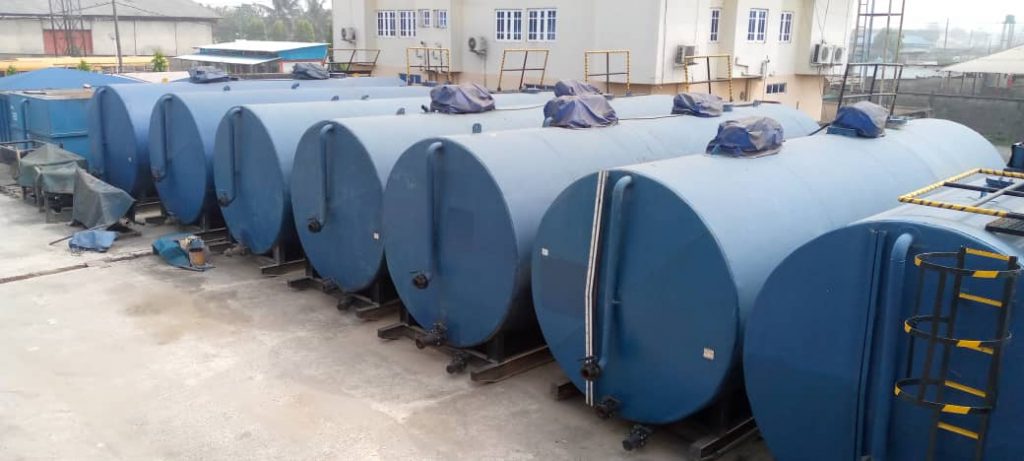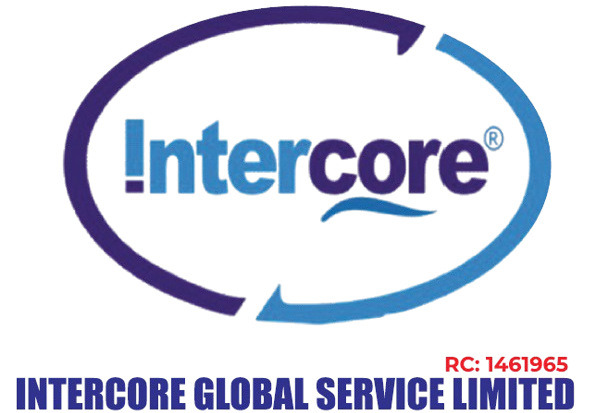
Process vessel and tank cleaning is another aspect of maintaining the safety, efficiency, and compliance of oil and gas operations. Regular cleaning helps to prevent contamination, corrosion, and blockages, ensuring the smooth operation of equipment and the quality of products.
Types of Cleaning
Chemical cleaning: Using specialized chemicals to remove specific contaminants, such as wax, asphaltenes, or scale.
Mechanical cleaning: Using mechanical methods, such as water jetting or abrasive blasting, to remove contaminants from surfaces.
Steam cleaning: Using high-pressure steam to clean and sanitize equipment.
Foam cleaning: Using foam to encapsulate contaminants, making them easier to remove.
Cleaning Procedures
Preparation: Isolating the vessel or tank from the rest of the system and ensuring that all safety measures are in place.
Cleaning: Applying the appropriate cleaning method and allowing sufficient time for the cleaning agent to work.
Rinsing: Rinsing the vessel or tank with clean water or solvent to remove residual cleaning agent and contaminants.
Inspection: Inspecting the vessel or tank interior to verify the effectiveness of the cleaning process.
Drying: Drying the vessel or tank to prevent moisture-related issues.
The reasons you should consider Intercoreltd here
Prevents contamination: Cleaning helps to prevent contamination of products, ensuring their quality and marketability.
Reduces corrosion: Removing contaminants can help to prevent corrosion, which can lead to equipment failure and safety hazards.
Improves efficiency: Clean vessels and tanks operate more efficiently, reducing energy consumption and downtime.
Ensures compliance: Regular cleaning helps to ensure compliance with environmental and safety regulations.
By conducting regular and effective cleaning, oil and gas companies can maintain the safety, reliability, and efficiency of their process vessels and tanks.
